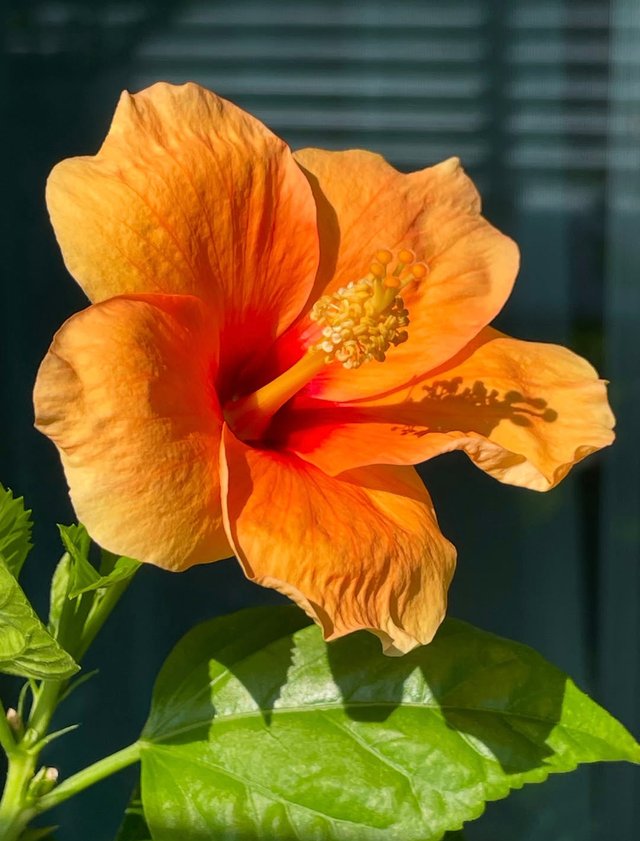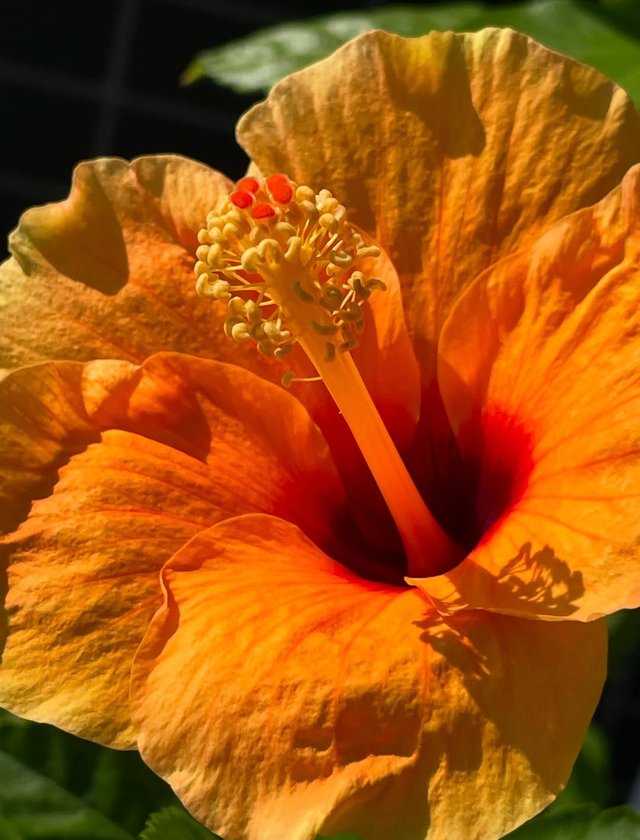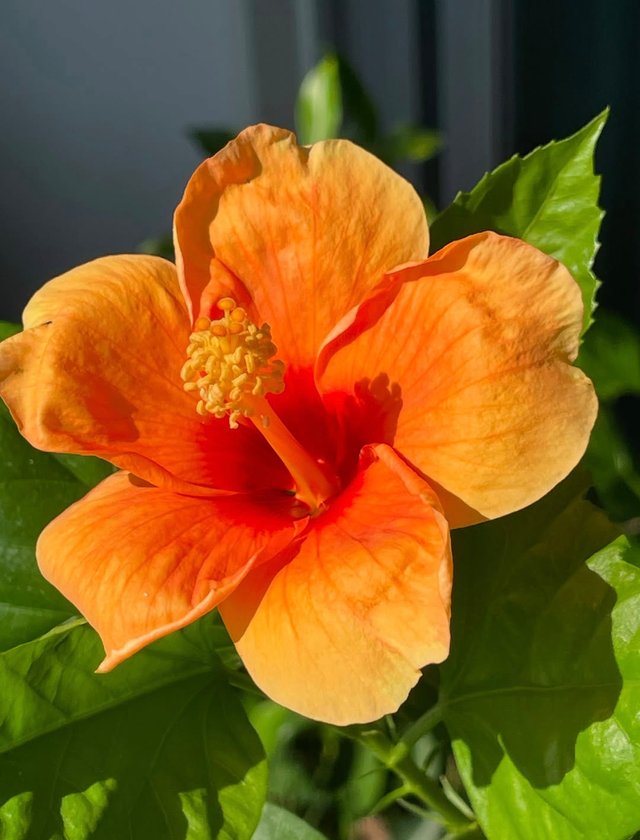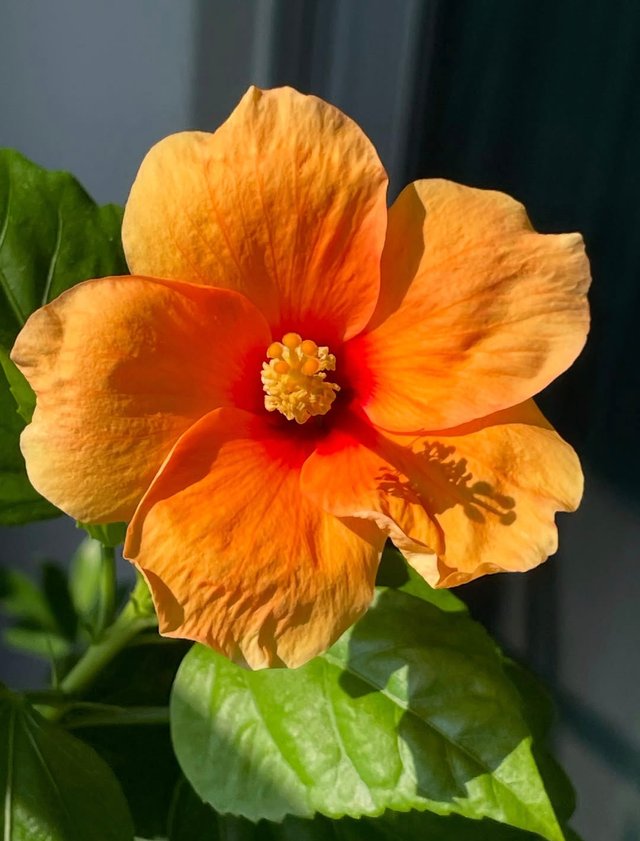Hibiscus Flower
Hibiscus flower is one of the most admired and widely cultivated ornamental flowers in the world.It is native to warm-temperate, subtropical, and tropical regions, where its large, trumpet-shaped blooms in vivid colors like red, pink, yellow, orange, and white make it a symbol of beauty and elegance. The flowers are typically five-petaled with a prominent central staminal column, giving them a striking and easily recognizable appearance. In many cultures, the hibiscus carries deep symbolism, often representing love, beauty, femininity, delicate charm, and fleeting moments, as the blossoms usually last only a day. Beyond their ornamental value, hibiscus flowers are known for their wide range of medicinal, culinary, and cultural uses. Hibiscus tea, made from the dried petals, is popular worldwide for its tart, cranberry-like flavor and is valued for its health benefits such as lowering blood pressure, aiding digestion, supporting weight management, and providing antioxidants like vitamin C and polyphenols.
In traditional medicine systems like Ayurveda and Chinese medicine, hibiscus has been used to treat liver disorders, fevers, hypertension, and inflammation. The flower also finds use in cosmetics and hair care, as hibiscus extracts are believed to promote hair growth, prevent dandruff, and improve skin health. Culturally, the hibiscus is celebrated in many regions— in Hawaii, it is worn as a symbol of hospitality and in Malaysia, Hibiscus rosa-sinensis is the national flower, representing unity and strength. In Hindu rituals, red hibiscus is offered to Goddess Kali and Lord Ganesha, signifying devotion and purity.
Horticulturally, hibiscus plants are prized for their adaptability, with tropical hibiscus thriving in warmer climates while hardy hibiscus varieties endure colder conditions. They can be grown in gardens, containers, or as hedges, blooming prolifically in sunlight with minimal care. Hybridization has produced numerous cultivars with unique flower forms, patterns, and colors, enhancing their ornamental diversity. Hibiscus flowers also play roles in textiles, as natural dyes extracted from the petals yield rich hues. The ecological significance of hibiscus is notable as well, since the bright flowers attract pollinators like bees, butterflies, and hummingbirds, supporting biodiversity. Overall, the hibiscus flower is not only an exquisite botanical treasure but also a plant of immense cultural, medicinal, and ecological importance, cherished across the globe for its beauty, symbolism, and versatile applications.




